Examining the factors associated with self-harm, suicide ideation and subsequent mortality through data linkage
Self-Harm (SH) and suicide ideation (SI) (i.e. thoughts about dying by suicide) are two of the most important known risk factors for death by suicide. Increasing suicide rates are a major public health concern and Northern Ireland (NI) consistently has the highest rate of suicide in the UK and Ireland. Recent nationwide policies to reduce suicide are now including a focus on reducing SH and SI as these are precursors to suicide. However, little is known about what causes SH and SI, how these two factors are related and what impact they have on mortality risk. Understanding the individual level, household-level, area-level and health related predictors for SH, SI and suicide is of vital public health importance so that intervention services can be targeted accurately.












